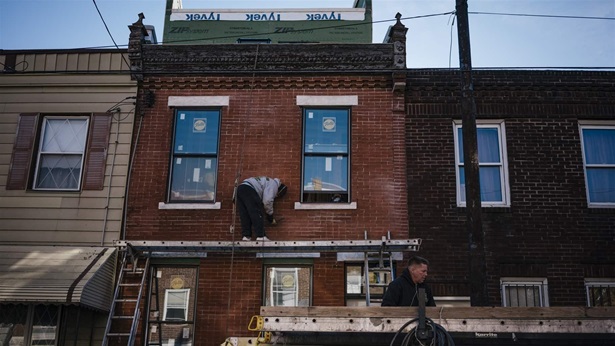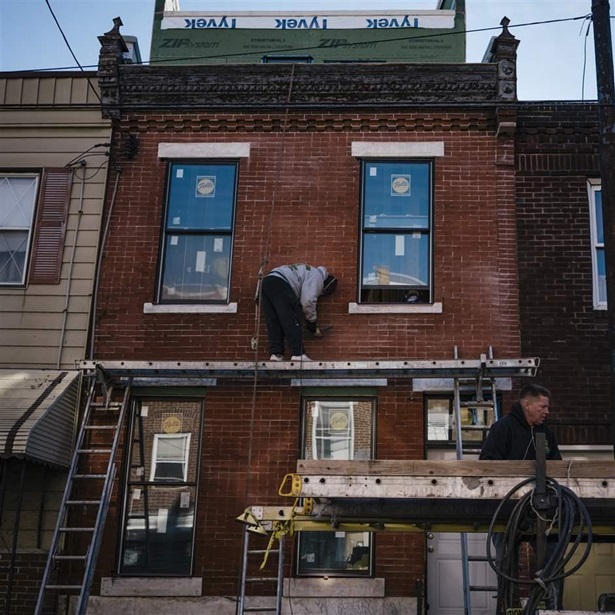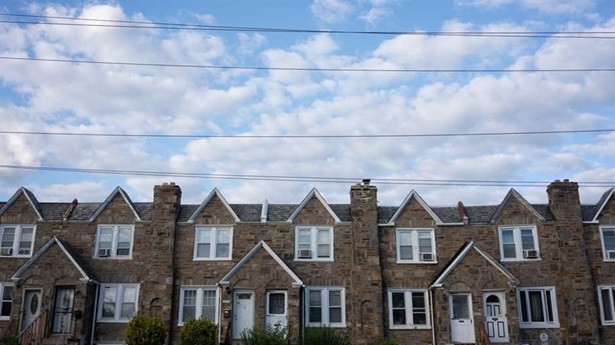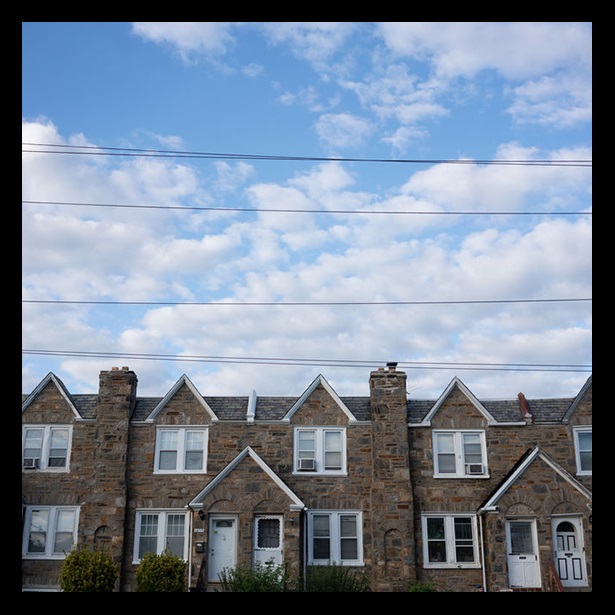Who are Philadelphia’s Landlords?
The pandemic has been a financial challenge for some of them
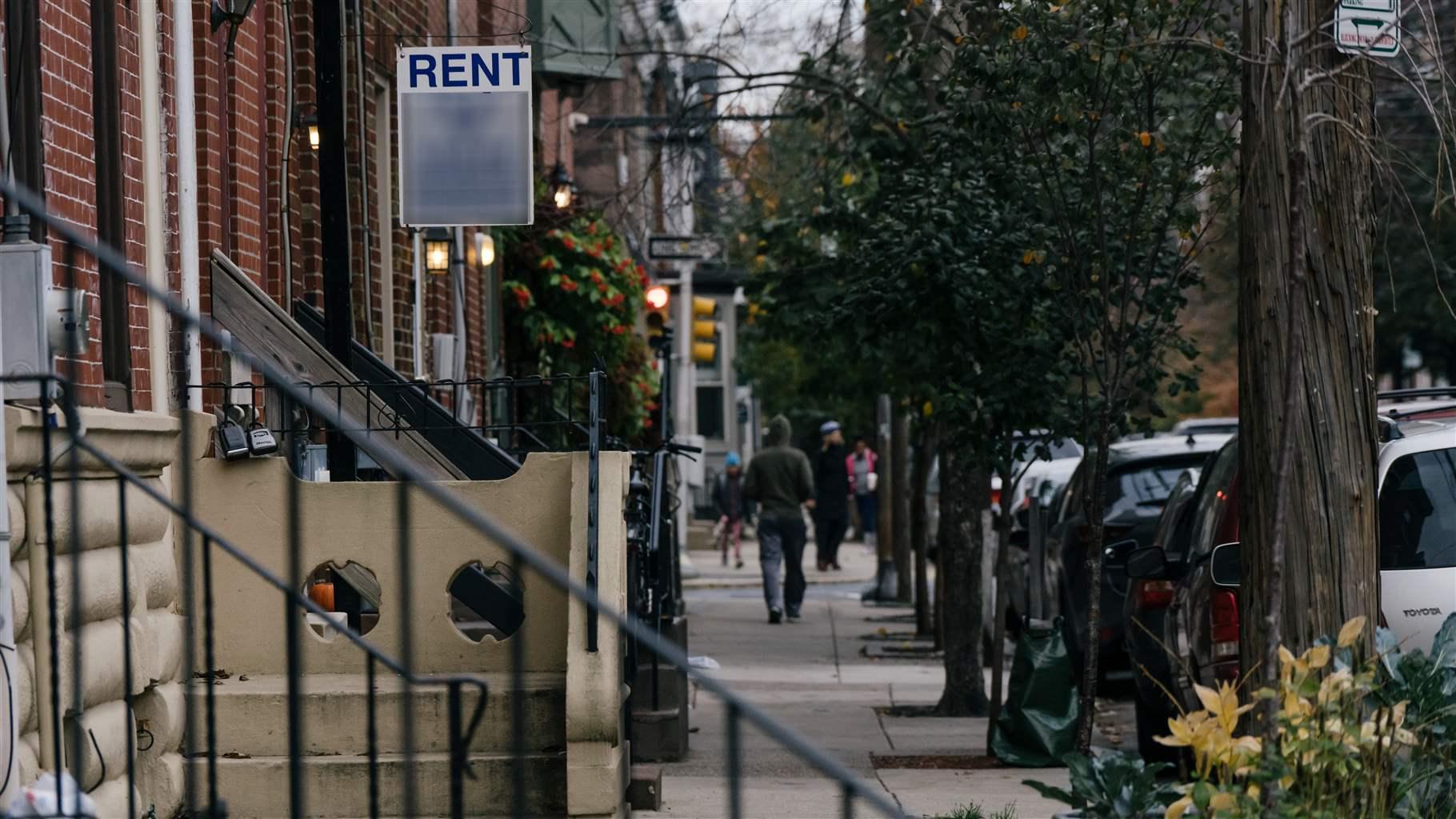
The COVID-19 pandemic has highlighted rental property owners’ role in determining whether Philadelphia residents have safe and affordable places to live. But incomplete and nonstandardized data make it hard to compile and analyze information about Philadelphia’s landlords.
For example: How many landlords are there in Philadelphia? Are they based inside or outside the city? What percentage are individuals as opposed to corporations? And how many properties do each of these individuals and entities own? Even more difficult to determine is owners’ capacity to survive the current financial and economic challenges resulting from the pandemic.
In seeking to answer some of these questions, The Pew Charitable Trusts worked with Reinvestment Fund, a research and financial institution that seeks to create opportunities for the underserved through partnerships, to develop a first-of-its-kind portrait of Philadelphia’s landlords. The effort involved analyzing administrative datasets from Philadelphia’s Department of Licenses and Inspections, the Office of Property Assessment, and the Department of Records.
Our research tells us that Philadelphia has approximately 55,000 landlords who own roughly 136,000 rental properties with 288,000 units. Although most of these landlords are small businesses, they don’t own a majority of the city’s units. Half are owned by relatively large property-owners. The breakdown of ownership looks like this:
- Roughly 73% of landlords own only one or two units, accounting for 18% of all rental units in the city; most own only one.
- People who live in the city run more than half of these “mom and pop” operations. And over 25% of locally owned rental properties have homestead exemptions, suggesting that these properties also serve as the primary residences of the owners. (Most landlords are city residents. Sixty percent have mailing addresses in Philadelphia; another 20% are located elsewhere in Pennsylvania. The remaining 20% are in other states.)
- 1 in 4 Philadelphia landlords owns three to 24 units, accounting for nearly 30% of the city’s overall inventory.
- Only 2% of landlords have more than 25 units. But as a group, these large landlords own more than half of the city’s rental units.
This data is especially important when the economy is struggling, as it has been since the start of the pandemic. That’s because smaller landlords are more likely than large ones to have trouble making ends meet and less likely to have cash reserves, investors, or access to credit to cope with the impact of temporary vacancies and late or missed payments. In addition, some landlords—80% of whom are individuals rather than business or nonprofit organizations—rely on rent payments to meet their own household needs. For landlords with incomes below $50,000, incoming rent payments account for as much as 20% of their household budgets, according to a Brookings study.
These numbers are, by necessity, estimates because the data researchers relied on was sometimes incomplete. For example, many owners don’t obtain the rental licenses required each year, and the Department of Licenses and Inspections does not proactively enforce the policy. As a result, many rental units, and their landlords, are unknown to the city, a situation that has complicated the city’s efforts to provide rental assistance to landlords and tenants during the pandemic. And ownership data is not standardized for properties that have licenses, making it difficult to identify when multiple properties are owned by the same individual or business.
Identifying rental properties and landlords
Within the context of these limitations, Pew and Reinvestment Fund set out to estimate how many of the city’s 581,456 parcels are residential rental properties, and the number of landlords operating them. The methodology the two organizations used for identifying properties likely to be available to—or occupied by—tenants relied on licensure data. Pew and Reinvestment Fund identified 136,000 properties as likely rentals because the properties had units with current or past rental licenses or were owned by the Philadelphia Housing Authority. Single-family properties with expired rental licenses were excluded if property records suggested that the property had been sold. Previously licensed properties believed to be vacant were also excluded.
This method likely misses properties operating as underground rentals that never obtained licenses in the nearly three decades that license data has been collected. For instance, 50,000 occupied residential properties with off-site mailing addresses listed in city databases (a signal that they might be rentals) were not included in Pew’s overall estimate due to data inconsistences. On the other hand, the method likely includes some properties that are no longer operating as rentals.
As noted above, based on 136,000 rental properties, Pew and Reinvestment Fund estimated that there are 55,000 landlords operating rentals in the city. This number was generated by grouping properties that share a mailing address and then further grouping those that have the same owner name. The results are shown in this table.
Table 1
Philadelphia Rental Properties and Landlords
| Type of landlord | Number of landlords | Properties owned | Units owned |
|---|---|---|---|
| Small | 40,000 | 45,000 | 51,000 |
| owns 1-2 units | |||
| Mid-size | 14,000 | 55,000 | 85,000 |
| owns 3-24 units | |||
| Large | 1,000 | 36,000 | 152,000 |
| owns 25+ units | |||
| Total | 55,000 | 136,000 | 288,000 |
Source: Pew and Reinvestment Fund research
© 2021 The Pew Charitable Trusts
Financial capacity of the city’s landlords
The financial capacity of Philadelphia’s landlords is difficult to determine based on the available data, but some indicators hint at financial vulnerability. For example, 9% of rental properties owned by small landlords were tax delinquent in February 2020, which is higher than the rate for all properties citywide. A Housing Initiative at Penn (HIP) survey found that keeping up with tax payments was challenging for many landlords before the pandemic and has become even more difficult in recent months. In addition, Pew estimates that 37% of rental properties in the city have mortgages—which must be paid whether the rent comes in or not.
Since the onset of the pandemic, city officials have worried that the inability of tenants to pay rent will force some owners—particularly those with modest holdings—out of the rental business. That, in turn, could displace residents and reduce the rental housing supply. As a response, the city created a rental assistance program in May 2020 using local, state, and federal dollars to provide rent payments directly to landlords on behalf of more than 14,000 tenants. But some landlords whose eligible tenants applied for the program decided not to participate. The HIP survey revealed that many landlords did not like some of the terms—such as rent forgiveness and the language concerning the right to evict.
In November 2020, the city allocated $20 million in Coronavirus Aid, Relief, and Economic Security Act funds for rental assistance that will go directly to another 4,000 tenants, helping cover up to six months’ rent.
That will certainly help the situation in the short term. Even so, how well the city’s smaller landlords survive the pandemic remains an open question—and an important one. The answer will help determine the magnitude of the displacement, homelessness, and market disruption likely to ensue when the eviction moratoria and rental subsidies run out.
Elinor Haider is director of and Octavia Howell is a manager with The Pew Charitable Trusts’ Philadelphia research and policy initiative.


